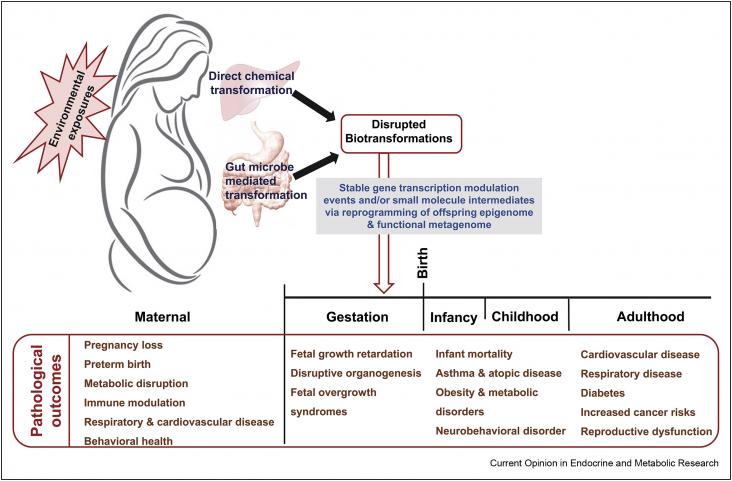Background: Self-harm is a leading cause of morbidity in prisoners.
Passengers who require special assistance at airports and on aircraft represent one of the fastest growing demographics for aviation worldwide.
Objectives: ‘Dementia Friends’ is a programme used to raise awareness of dementia, developed by the Alzheimer's Society, which has been delivered across the UK to diverse populations, including adoles
Serotonin or 5-hydroxytryptamine (5-HT) is primarily involved in the regulation of learning and memory.
Background: Microglia, the brain's principal immune cell, are increasingly implicated in Alzheimer's disease (AD), but the molecular interfaces through which these cells contribute to amyloid beta (Aβ
This study investigated the drying behaviour of purple-speckled Cocoyam and the effect of drying temperature (40 °C, 60 °C and 75 °C), slice thickness (4 mm, 7 mm and 10 mm) and pre-treatments (blanch

Explore the intricate dynamics of fetal programming and its implications for SDGs.. Unearth the potential of early-life interventions with RELX.
Global burden and trends in premenopausal and postmenopausal breast cancer: a population-based study
Background: Breast cancer has distinct causes, prognoses, and outcomes and effects in patients at premenopausal and postmenopausal ages.

